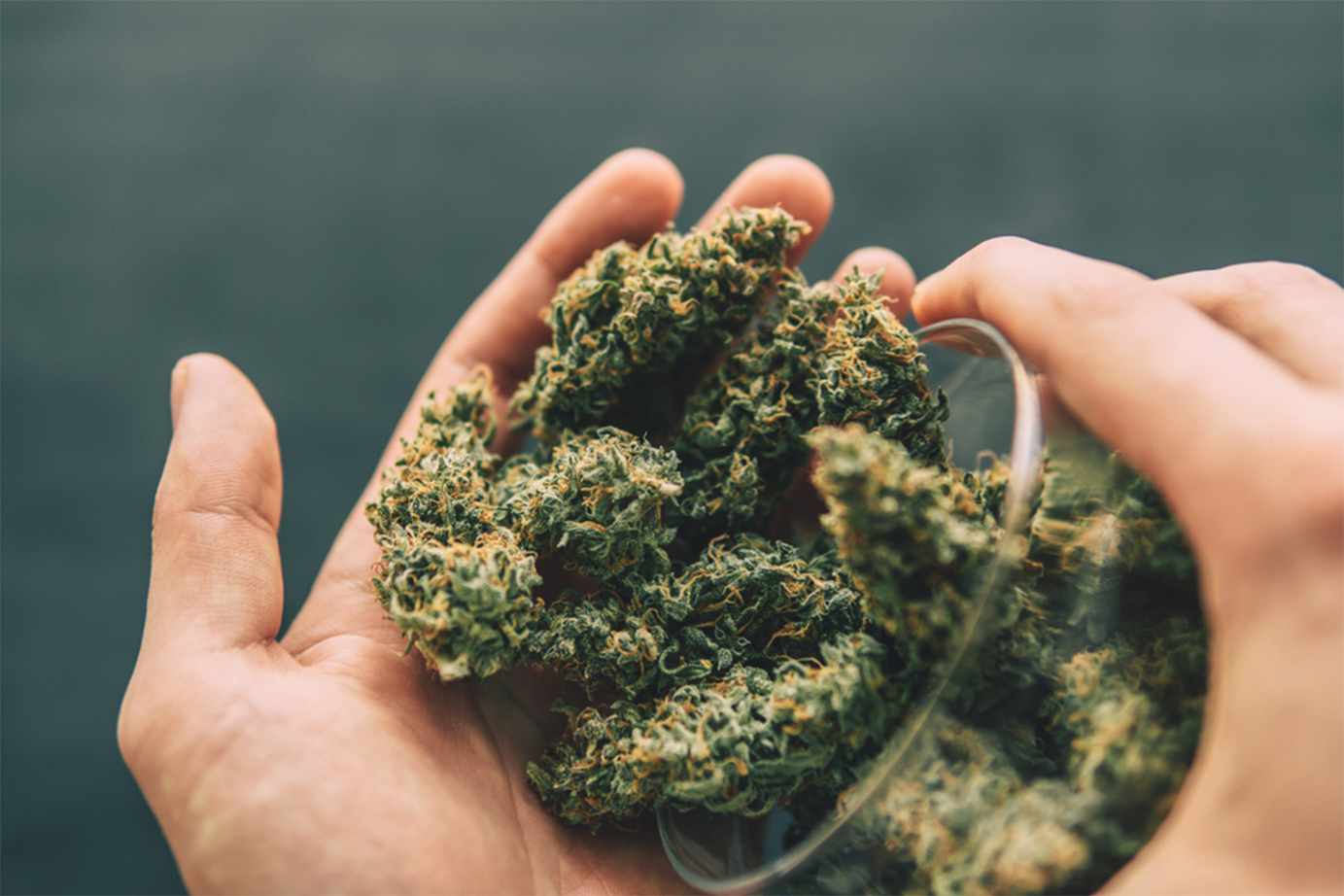No one wants to see their beloved four-legged, furry family member suffer from ailments like cancer or arthritis. Pets often struggle with many of the same illnesses that humans do, and there is veterinarian-prescribed medicine that can help. But, just like humans, medication can often create unwanted side-effects and reduce a pet’s quality of life. Luckily, pets have more in common with humans than a love of snuggling. And just like a human, a pet’s life can be improved with the non-psychoactive cannabinoid CBD.
What Conditions Can CBD Treat?
Hemp CBD can be used to treat all kinds of conditions for an ailing family pet. For acute pain, like pain from cancer, broken bones, and enhanced healing after surgery, CBD can help because of its anti-inflammatory properties to ease swelling, stiffness, and pain. The healing properties of CBD work equally well for chronic conditions like arthritis, digestive troubles, anxiety, and vulnerable immune systems. Many pet owners have also found that CBD can help soothe an anxious animal and improve the quality of life for pets getting ready to cross the rainbow bridge.
Show Me the Evidence
Unfortunately, the benefits of CBD for pets are lacking in institutional research. But there are mounds of anecdotal evidence showing that animals experience healing with CBD. Pets do not experience the placebo effect since animals have no way of “believing” that medicine is working for them. It either works, or it doesn’t. If your animal is improving on a CBD regimen, then the proof is in the pudding.
It turns out that pets benefit from CBD the same way humans do, via the endocannabinoid system. Pets have both CB-1 and CB-2 receptors in their bodies that respond to cannabinoids. The endocannabinoid system helps regulate physiological systems like mood, appetite, pain, and the immune system. So, if a human would benefit from it, chances are the family pet will, too!
Is the Pet CBD Market Growing?
The American Pet Products Association (APPA) keeps track of pet industry size and ownership statistics. Actual sales in 2019, Americans spent $95.7 billion on their pets. With the totals for supplies (other than food and treats) over-the-counter medicines at $19.2 billion. They did not seem to mind spending if it kept their pets happy and in good health.
How much of that amount goes to pet CBD products is hard to quantify, but what’s easy to figure out is that the pet CBD market grows by leaps and bounds every year. The Hemp Business Journal recently estimated that the hemp CBD market would be worth $450 million by 2020, up from $90 million in 2015.
Can CBD Get My Pet High?
CBD alone is a non-psychoactive substance, so the short answer is no. However, many CBD products contain trace amounts of the psychoactive cannabinoid, THC. The allowable THC threshold for hemp CBD products is 0.3 percent – a minimal amount and not nearly enough to make your pet high.
If you were to use CBD that has more than 0.3 percent THC, say a cannabis-derived CBD product, your pet may begin to feel psychoactive effects. That’s why it’s always best to stick with reputable pet CBD providers who use hemp-extracted CBD with minimal THC content.
You would never get your human children high, and the same goes for your furry children. If your pet does get into your marijuana stash, consider taking them to the vet immediately. Signs of a stoned pet are lethargy, drooling, vomiting, being off-kilter, twitching, and dilated pupils. If the dose were high enough, they’d need proper medical care until the effects wear off.
Dosing and Consistency
Your pet will get the most benefit from CBD when the dose is correct and consistent. And while every pet’s dosing will be different, deciding how much to give your pet should always be based on weight and the severity of the condition.
For a pet weighing around three pounds, 0.25 to 0.5 milligrams twice a day would be a good starting point, whereas an animal over 100 pounds would get 15 to 30 milligrams twice a day.
Once you’ve given your pet a dose of CBD, keep a close eye on them to know whether or not their condition has improved. Give it a couple of weeks, then adjust the dosing upward or downward accordingly.
More and more Americans have access to legal cannabis. As barriers to acceptability keep tumbling down, more people than ever will be looking for complementary healing methods for their pets. Even veterinarians in California are hoping to one day be able to write cannabis recommendations for the family pet, just like a human doctor can for their two-legged patients. So, if your pet is in pain and you want to give them a better quality of life, consider trying CBD – there is an excellent possibility it will help!
Original Article by Erin Hiatt 2018 – Updated 2020


 Free Shipping & Handling on all orders over $74 within the U.S.
Free Shipping & Handling on all orders over $74 within the U.S.